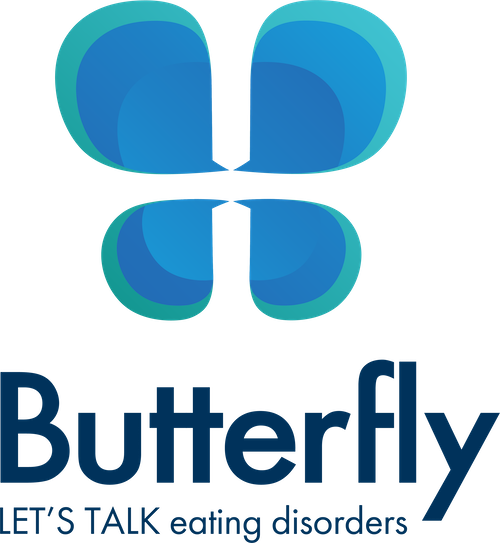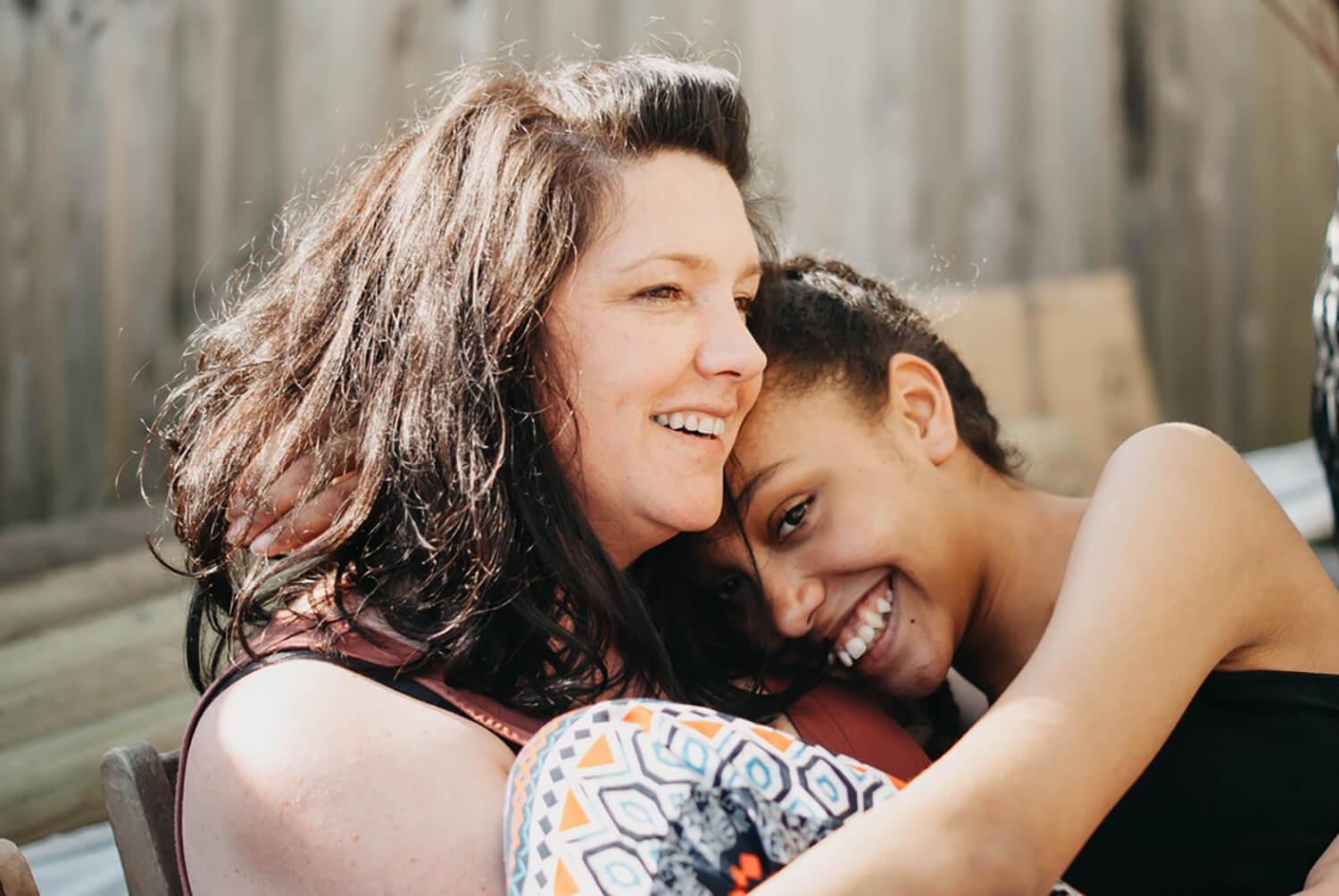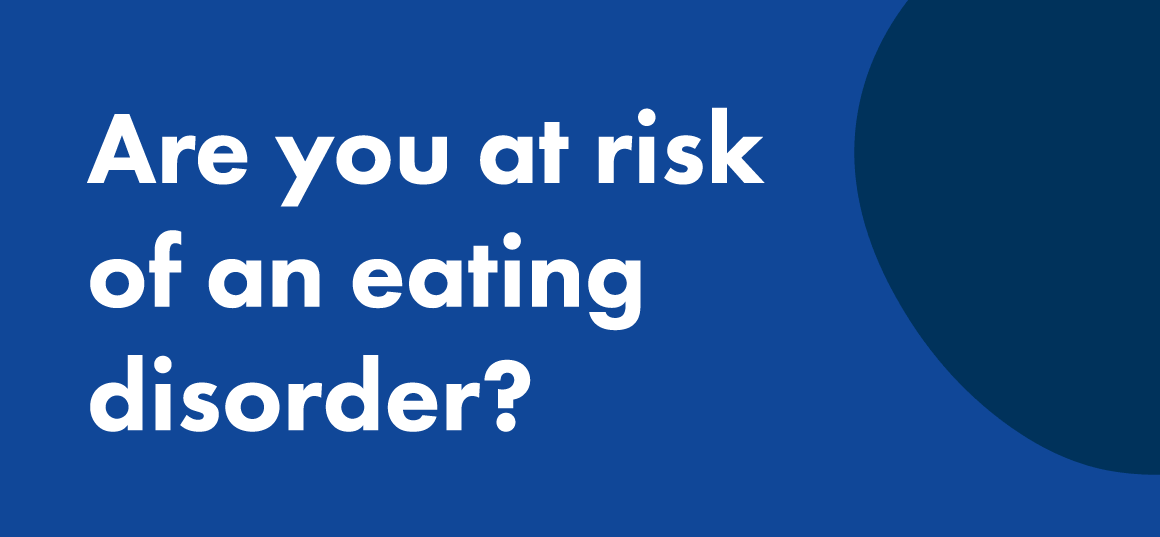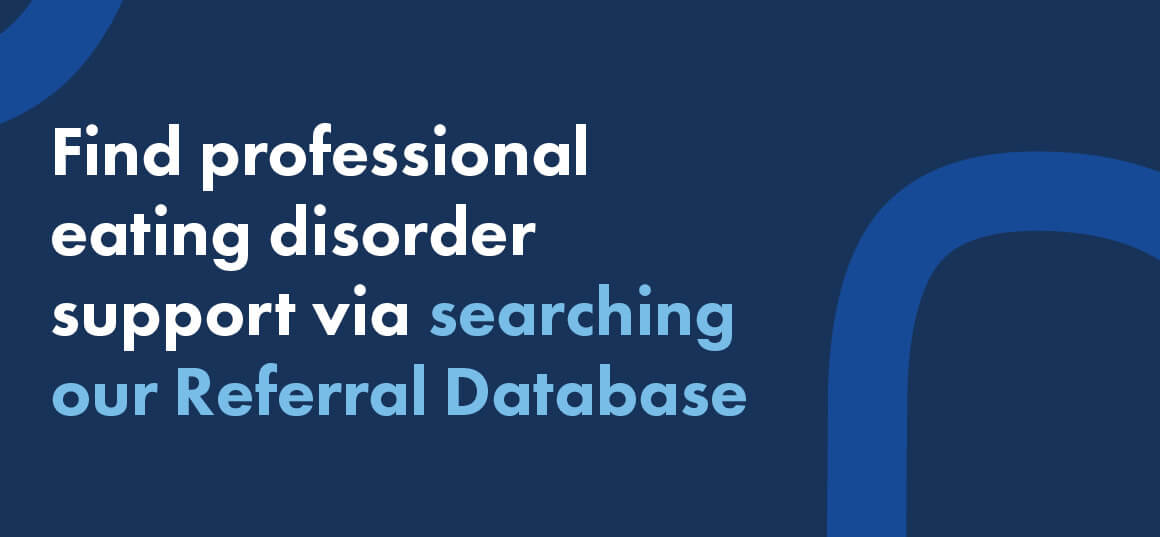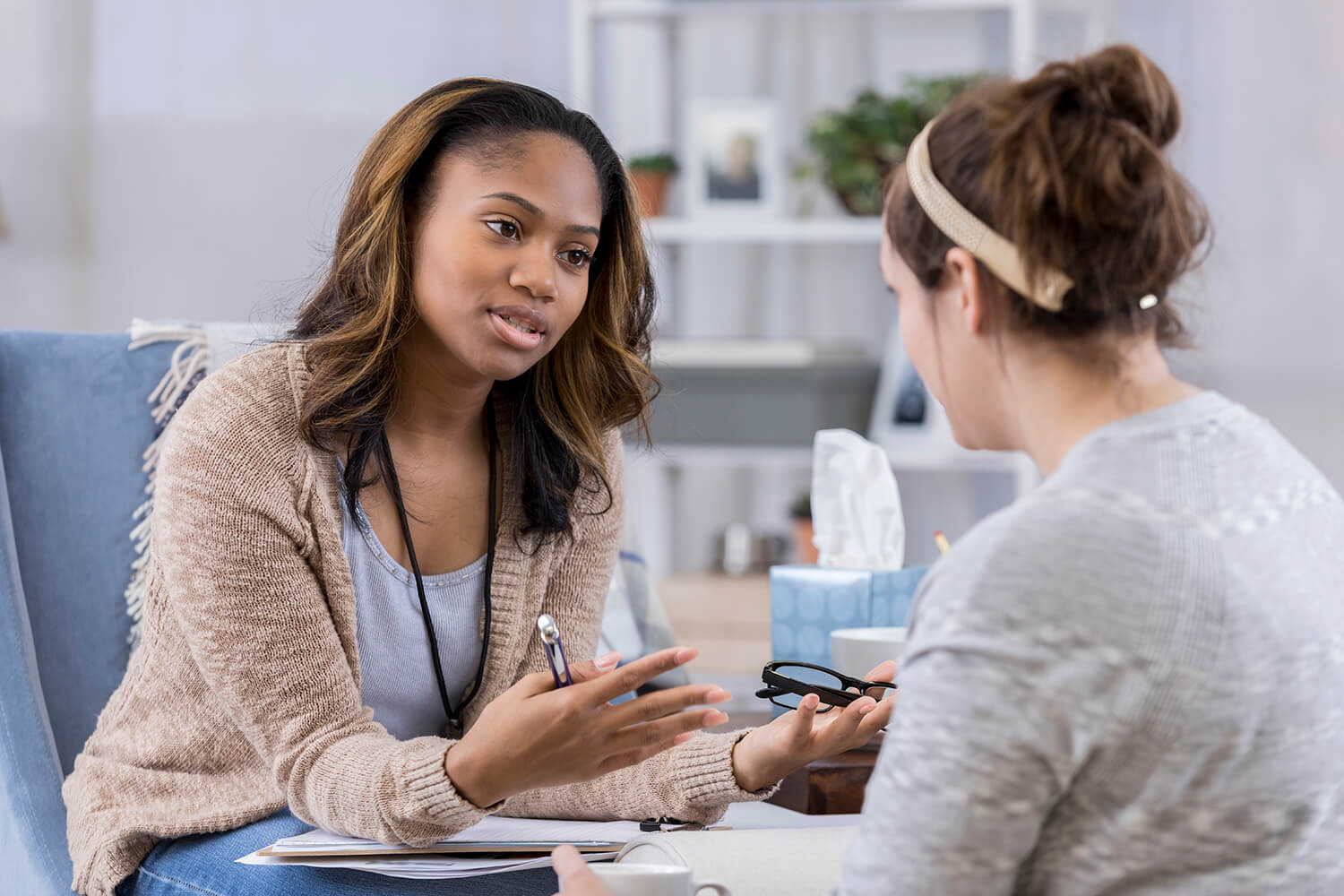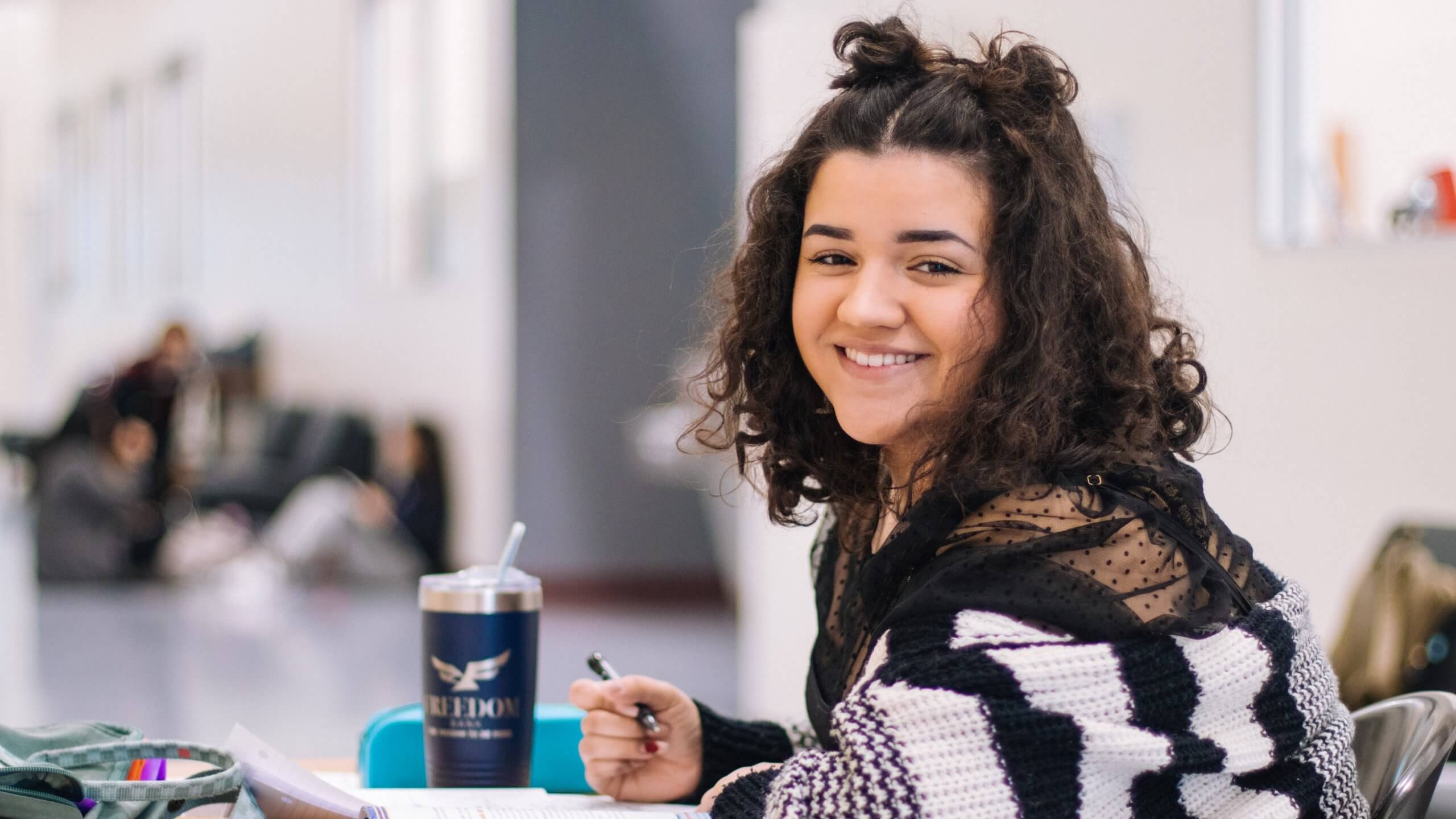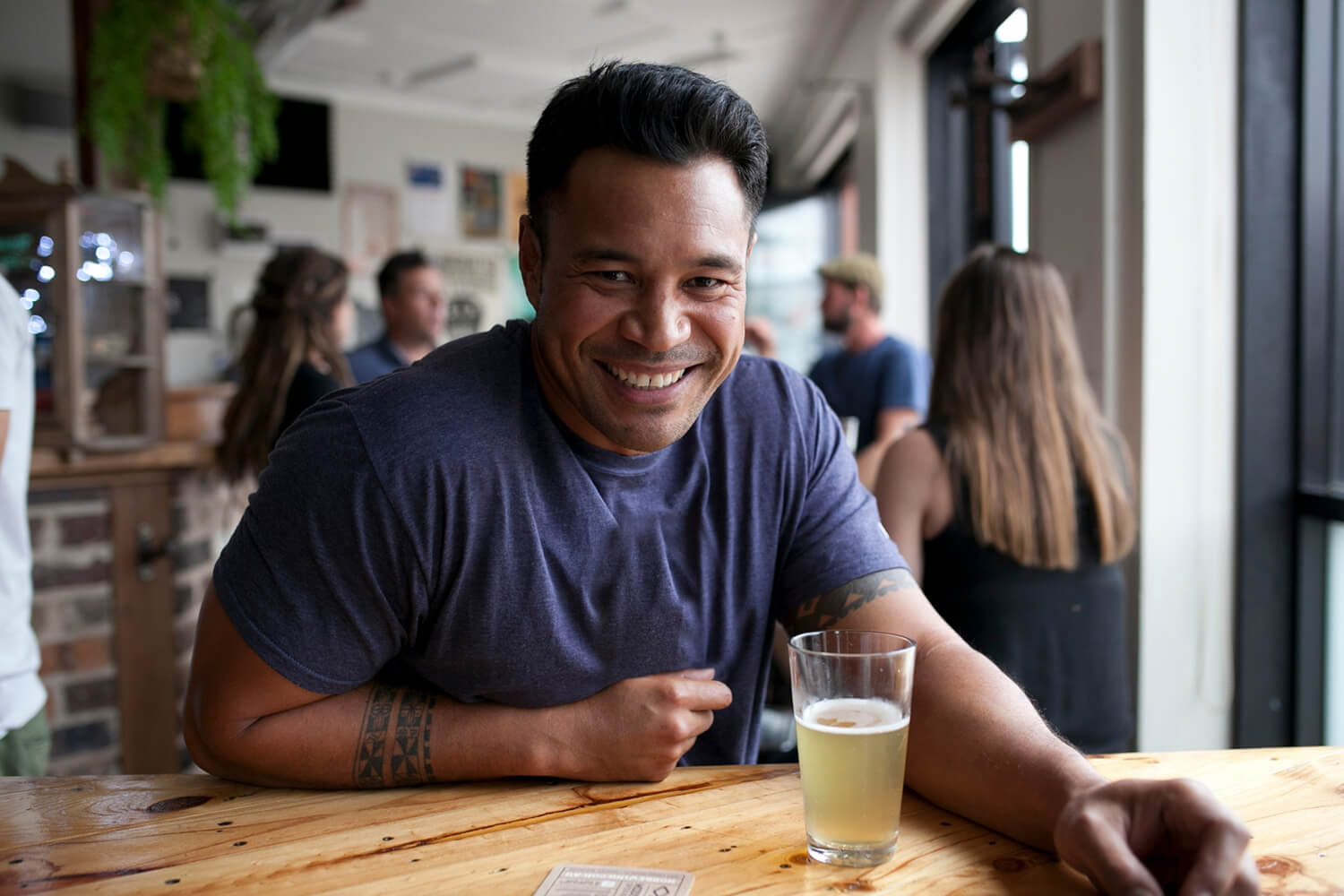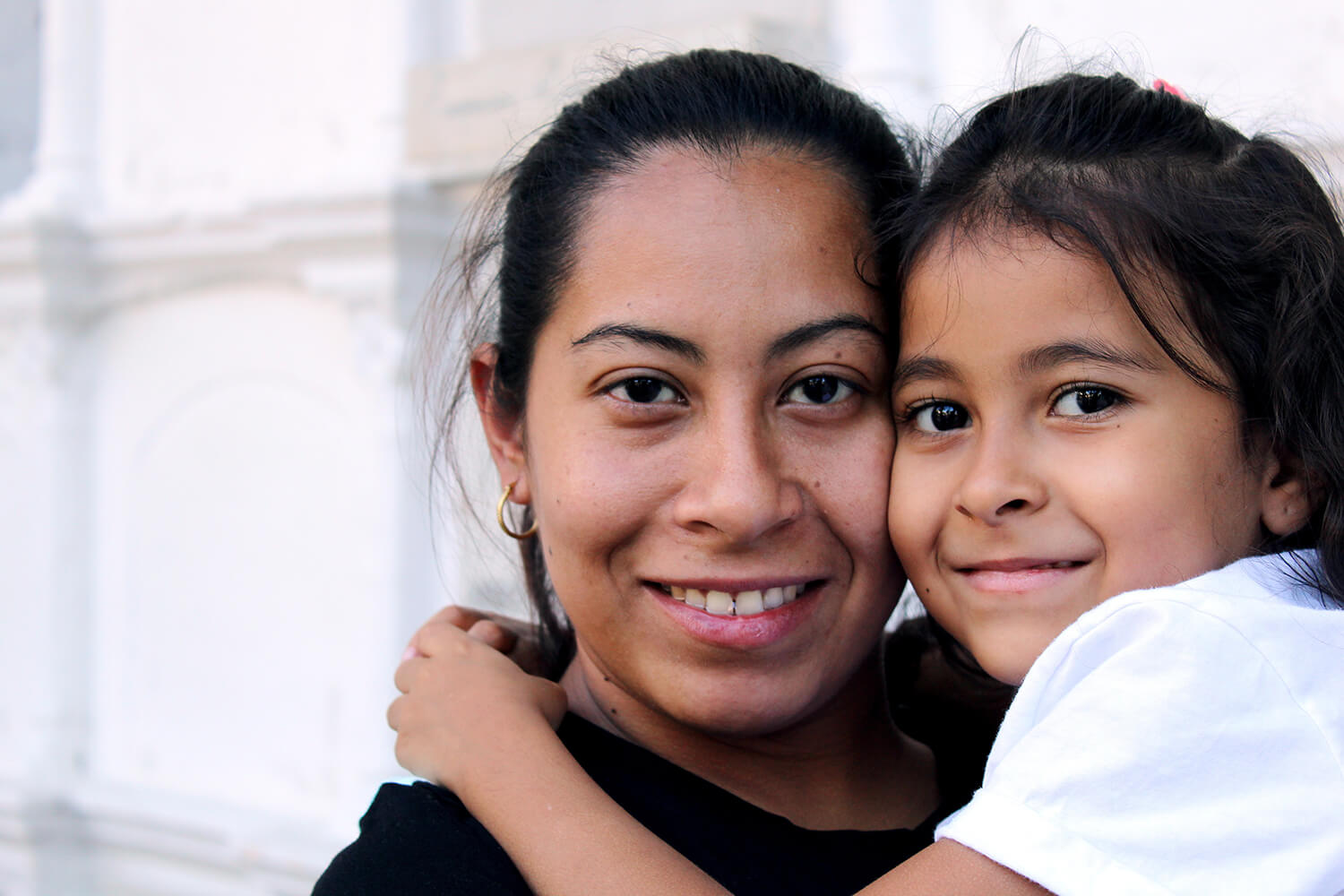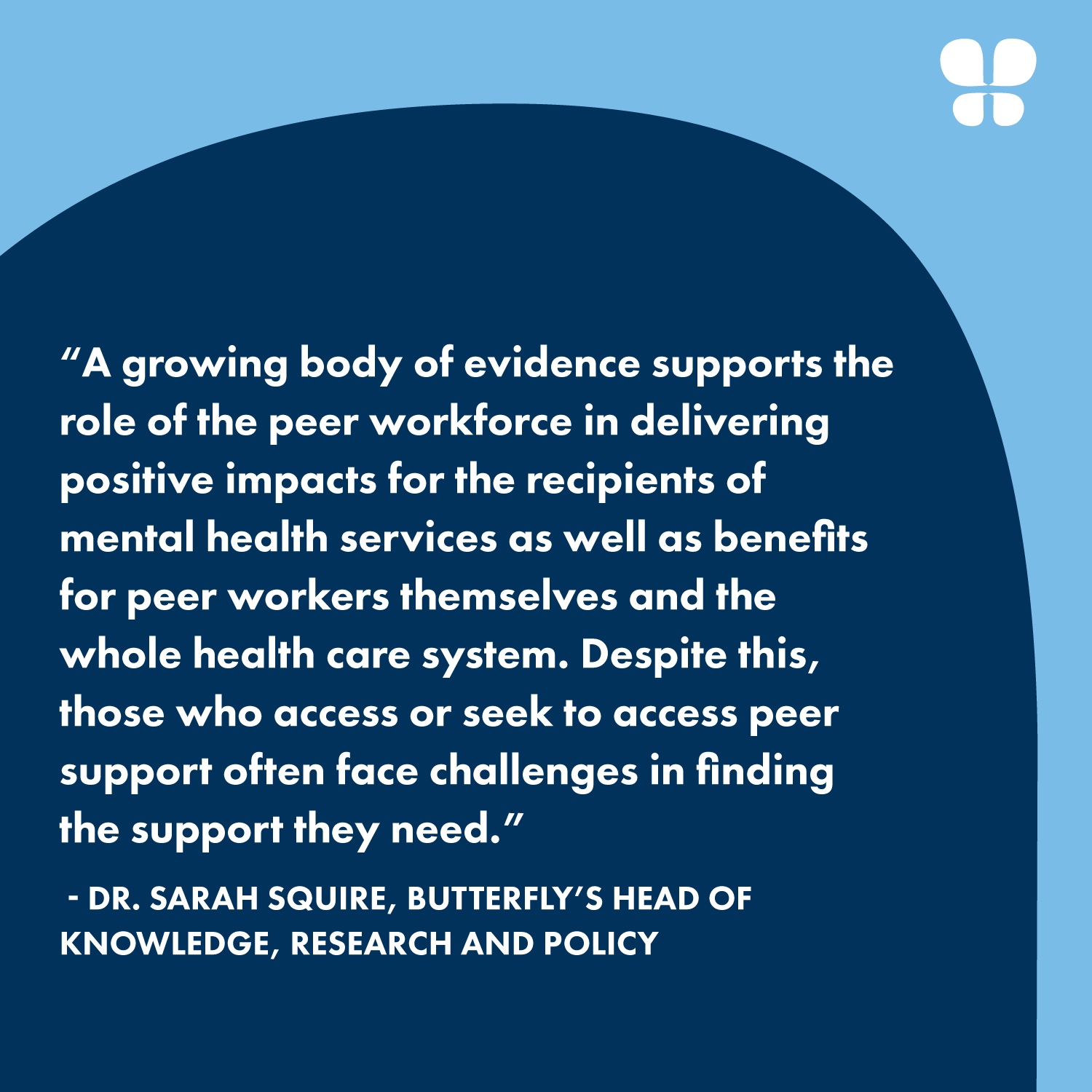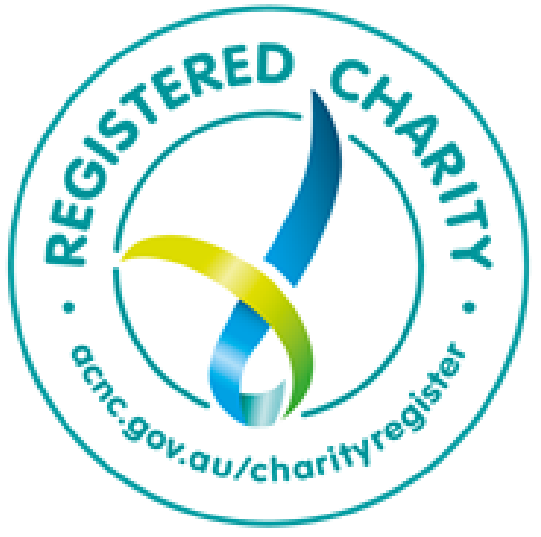How to develop a positive relationship with exercise
Butterfly’s Head of Prevention Danni Rowlands, who was also a personal trainer for over 10 years, shares her tips on how to develop a positive relationship with exercise if you have lived experience of body image concerns, disordered eating or an eating disorder.
It’s understandable if you’ve had an experience with body image issues, disordered eating or an eating disorder that approaching exercise or physical activity may be a little daunting. Exercise may have been used as a tool to punish your body or something motivated by weight loss, body shape change, or a way to compensate.
Being cautious in your approach is a sign you are healing or have healed and do not want exercise to be what it was in the past.
Establishing a healthy relationship with exercise and movement takes time and will look different for every individual. This relationship can also be challenged by the diet culture we live in, where messaging around body shape, size and movement has been hijacked, where it’s now hard to decipher what is in fact ‘healthy’.
It’s also important to note that any new exercise regime should be first cleared with your treatment team if you’re in active recovery from an eating disorder.
Warning signs exercise might not be healthy or positive
- Feeling pressure to move or exercise because others are, or to compensate for foods eaten.
- Moving to control our body size or weight or with the main goal or focus on weight loss or body shape change (i.e. increasing muscle and/or tone.)
- Training when unwell or injured – adopting the ‘pushing through’ mentality just means we’re ignoring the signals our body is sending us (e.g. I’m tired, I’m sore, I need rest.)
- Experiencing over-training symptoms, which includes training when unwell or injured, feeling tired or lethargic – movement and exercise ideally will energise and lift mood. These symptoms can also be experienced when someone isn’t moving at all as well – it’s about finding the right amount of movement for your body. This looks different for everyone.
- Not fuelling appropriately.
- Constantly preoccupied with exercise, and feeling distressed, guilty or anxious if exercise can’t be done or a routine needs to be changed.
- Exercising in secret
- Not enjoying exercise or it feels like a chore.
Being consistent with movement, enjoying a range of activities, sleeping well and feeling energized, doing the things you enjoy and listening to your body – ensuring it has enough fuel, rest and celebration – are all green flags that someone’s relationship with exercise and movement is in a positive place for them.
When it comes to eating and exercise, it’s important to remember everyone is different and people have been influenced by different things, people and experiences. Just like clothing, there isn’t a one size fits all approach to exercise and movement. And that’s ok!
Tips to help build and heal a relationship with exercise and movement
Focus on functionality
- Research shows exercising for appearance-related reasons (e.g. weight control) has been associated with higher levels of body dissatisfaction. In contrast, exercising for functionality-related reasons, such as improvements in health or focusing on what the body can do, not what it looks like, has been associated with higher levels of body satisfaction. [i]
Take out the competitive nature & listen to your body
- Avoid transformation and competitive exercise programs or challenges – these often incorporate unhelpful messaging that can triggering for someone who is recovered or recovering from body, eating and exercise issues.
- Be mindful of fitness and exercise trackers. It can be easy to become focused on the numbers when using these gadgets. Instead, use your body as the guide – listen to how your body feels. Some days you might feel like moving more, sometimes less – and that’s okay. Keep the rules and rigidity out of your relationship with exercise and movement.
- It can be enjoyable exercising with other people, but try to avoid people who are competitive or drive body comparisons, as this can take the enjoyment out of the experience.
Go easy on yourself
- Try to be consistent but try not to be overly rigid about when or how you move – setting movement goals to do something every day, or even every Tuesday, for example, can set you up to fail.
- Remember, it’s ok to take a break from exercise! Listen to your body and be kind and compassionate to yourself as you work out what positive movement and exercise looks like for you.
Make it fun!
- Only participate in movement and exercise you enjoy. There are so many ways to move your body, find what makes you and your body feel good and do that!
- Remind yourself you’re moving for your whole self and health – physical and mental health.
- Celebrate the movement you do and be proud of yourself for engaging with exercise and physical activity in a positive manner.
Look after yourself – and your mental health – in the process
- Ensure your body has adequate fuel and water to move. This ensures your body has the energy it needs to exercise and move in a way that will improve your health, rather than detract from it.
Only take advice from qualified fitness professionals – ideally non-diet professionals
- Stay savvy with who you follow on social media – there are an abundance of wellness, health, fitness pages and influencers but many do not offer sound, accurate or safe advice.
- There are some amazing non-diet fitness professionals that exist. Seek them out if you need guidance or a plan to help you re-engage with exercise and movement positively.
Check in with yourself
- As you begin to incorporate exercise back into your routine, check in with yourself. If you feel you’re becoming more obsessed with exercise and movement, and your motivation becomes more about how you look, rather than how you feel, take a break or pause, so you know you’re in charge of your exercise, not the other way around.
What type of health goals should people aim for?
- Keep the goals small and realistic. It might be as simple as aiming to move for 5-10 mins a few times a week to start and build from there. Avoid overwhelming yourself with big fitness goals, and ensure these are not centred around your looks or changes you might see in your body.
- If you haven’t done a lot of exercise in your life, set a goal of trying different exercises and activities. Give yourself some space and time to find movement that feels good for you.
- After any movement or exercise session, celebrate at least one positive thing you did or enjoyed.
How can educators support their students to develop positive relationships with exercise?
A recent Butterfly survey found 33% of adult respondents (who developed body image concerns during primary school) reported engaging in excessive exercise in their primary school years. Engagement in excessive exercise was most prevalent between the ages of 10 and 12 years and increased greatly once the respondents reached adolescence.
The way children and adolescents experience movement at school can determine their long term relationship with physical activity. [ii]
The good news is educators are in a position to help their students develop positive relationships to exercise and combat potentially harmful behaviours before they become entrenched. This can be achieved through promoting physical activity that is non-competitive, non-weight-loss focused, fun and safe. Experts agree this can contribute to a more positive body image.
Other tips include:
- Encourage students to critically evaluate where they are getting their health and fitness advice from – social media influencers may not be the most qualified or share accurate information.
- Empower students to appreciate their body’s functionality, and recognise how exercise makes them feel in their body and mind. Don’t encourage exercise for appearance or weight-related changes.
- Incorporate movement into regular, everyday lessons
- Positively role model balanced approaches to exercise and movement
- Give students autonomy where possible, for example, freedom to choose their own activities and acknowledge their feedback and concerns.
- Be mindful for students with eating disorders and work collaboratively with any treatment providers on appropriate levels of physical activity. If students are unable to participate in exercise due to their treatment plan, aim to keep them connected to the team/class/activity and assist in other ways.
- Need more support with developing lesson plans and educating your students on positive movement? If you’re a teacher or school staff at an Australian primary school, register for Butterfly Body Bright – our whole of school primary body image program designed to help children thrive and feel BRIGHT in their bodies.
Get support
If you are struggling with your relationship to exercise, food or your body, reach out for help as soon as you think something might be wrong. Connect with Butterfly’s National Helpline for free counselling and advice for eating disorders and body image concerns, 7 days a week, 8am-midnight (AEDT).
Call 1800 ED HOPE (1800 33 4673), chat online or email support@butterfly.org.au
References
[i] https://www.sciencedirect.com/science/article/abs/pii/S1471015311001140?via%3Dihub
[ii] https://www.ncbi.nlm.nih.gov/pmc/articles/PMC8309756/



